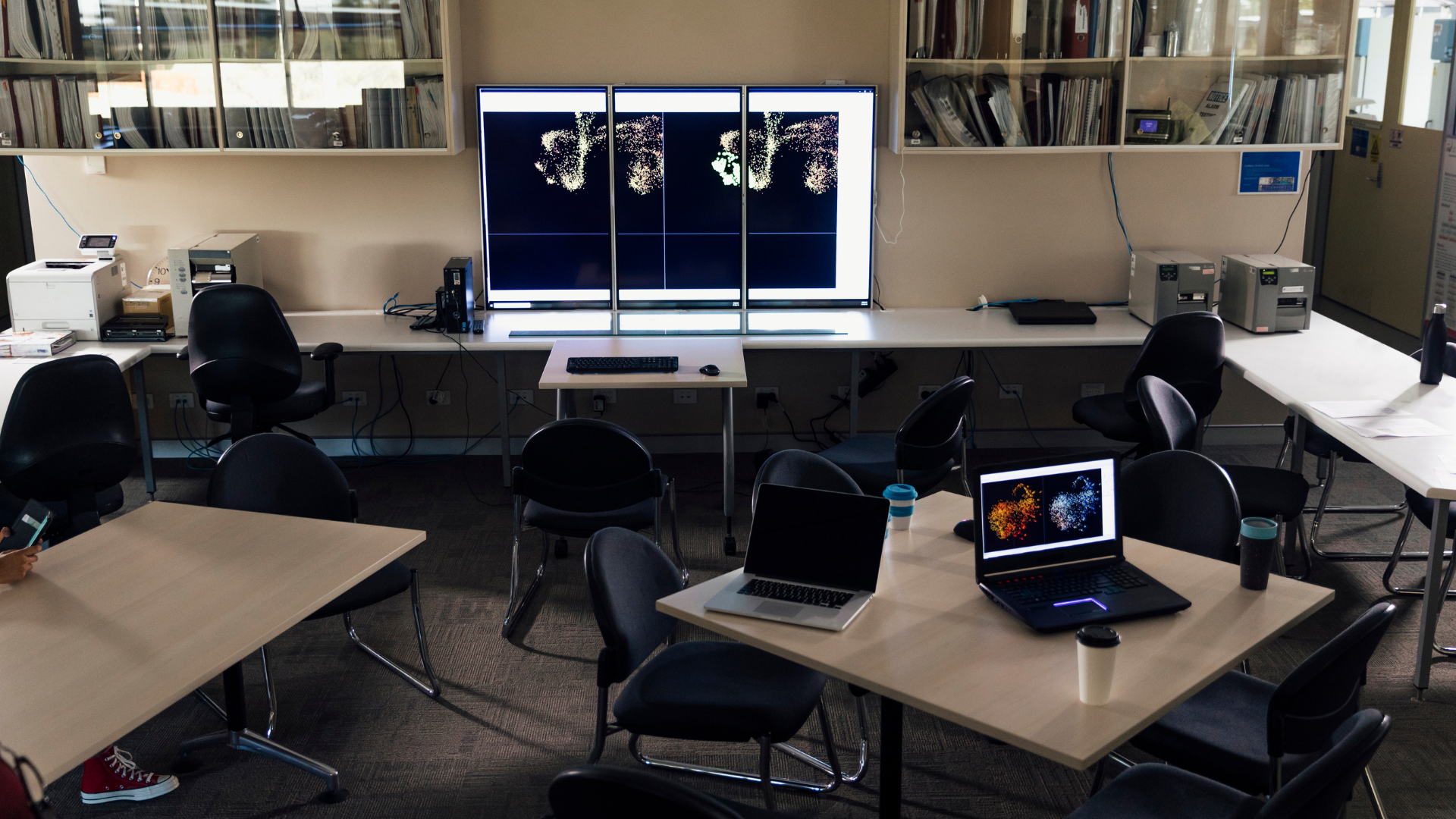Virtual Reality Technology: The Impact of Practice and Research
Virtual reality technology is a computer-generated environment that simulates real surroundings and experiences and allows users to interact in a fully immersive way. The technology has been around for a while, but it’s only starting to gain mainstream popularity recently. The military uses the technology for training purposes and scientists to help study the brain. Virtual reality is being used for home entertainment as well as gaming, and the potential for this technology is huge!
VR Technology as Applied in Various Industries
VR technology has taken the world by storm in the last decade, with many people now able to afford VR headsets, such as the Oculus Rift, HTC Vive, and PlayStation VR. But it is much more than games, as researchers are beginning to discover applications for various industries.
VR technology has been applied in the realm of:
-
Entertainment
As stated earlier, this technology has been around for a while, but it has gained a lot of good reputation in recent years as VR goggles have become increasingly affordable. Virtual Reality is typically used for video game purposes, but it can also extend into other creative outlets, including film, television, and even live music. VR film, for example, gives viewers the ability to view a film in a way that they’ve never experienced before.
VR technology has been a hot topic since Samsung debuted its first VR headset, the Gear VR, in 2015. Since that time, this technology has made considerable leaps in video resolution, head tracking, and overall consumer-friendliness. That said VR isn’t cheap-the Oculus Rift alone currently costs $599. However, the opportunities for such tech are staggering.
-
Military
Since its first big impact in the entertainment world, virtual reality technology has excited many. The ability to experience virtually anything through “augmented reality” allows users to see and interact in a digital environment. This tech was also employed in the field of the military as its impact in the field can be immense. Although VR technology is still relatively new, it has already improved the lives of millions of people worldwide. The Department of Defense Advanced Research Projects Agency (DARPA) has used virtual reality technology to train soldiers in realistic combat scenarios.
By using virtual reality, the soldiers can experience the combat situations they would face in the real world before they are actually in combat. This can help them reduce injuries and save lives.
-
Education
VR technology has been increasingly applied to the field of education in recent years. Educators and students alike love using this tech to help teach and learn. It allows educators and students in one part of the world to virtually travel to another location and interact with people in that location. The technology is powerful, allowing students to engage with historical places, faraway places they cannot physically visit without leaving the classroom. Also, computer Graphics, Math, and Science students are often taught using VR-based programs.
-
Healthcare and Medicine
Virtual reality is a technology that immerses a user in a simulated environment. In the medical field, this immersion can be used to treat certain illnesses and injuries. One such illness is phantom limb pain, which happens when a patient loses a limb but continues to experience sensations in the missing limb. Guerilla VR, a UK-based startup, has developed a VR treatment to help patients overcome this sensation.
Virtual reality is transforming healthcare and medicine. It has the potential to provide new forms of therapy, training simulations, emergency simulations, and medical treatment information. VR can even help improve patients’ conditions and quality of life. Therapists can incorporate VR technology in their treatment for special clients that may require added support. A mental health professional can look for VR therapy platforms that can provide the VR devices with quality content as well as provide assistance to learn how to operate them.
Can We Expect More from VR Technology Through the Coming Years?
VR technology hasn’t fully reached mainstream adoption, but it’s already holding its own in terms of innovation and growing user base. When Oculus VR launched in 2012, nobody expected the technology to resonate with consumers in the way it’s currently doing. However, it has matured over the past few years, and 2017 marked the highest consumer adoption of the technology we’ve seen yet. So, can we expect more? Absolutely.


